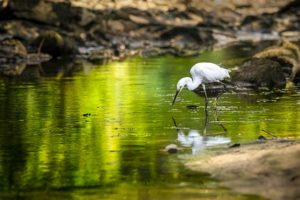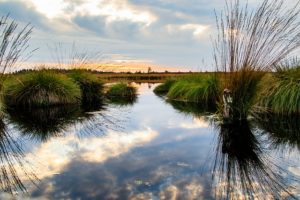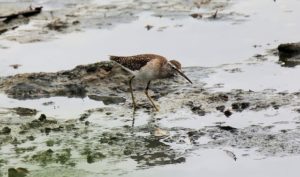Becoming More Eco-friendly

Since the Industrial Revolution, environmental advocates have been promoting eco-friendly living. But, what does it really mean to be environmentally-friendly? And why is this important? In 2021, we all know we should recycle and reduce our single use plastics consumption, most people don’t understand the value of doing these things as one individual in a much larger context. While it is important to live eco-friendly lives, it is equally as important is understanding why. Did you know:
- According to NASA, the world’s rainforests will be gone by 2100 if the current rate of destruction continues.
- If current patterns continue, we will have emptied the world’s oceans for seafood by 2050.
- If all life on Earth was put on a scale, the human population would only make up about one ten-thousandth of the total weight of life on Earth.
- Landfills are composed of 35% packaging materials.
- Rainforests are cut down at a rate of 100 acres per minute.
(Environmental Facts Source: The World Counts)
The ‘Why’ of transitioning to an eco-friendly lifestyle can be as broad as combatting global warming as a whole or as small as reducing waste in your local waterways – but, every action counts. Whatever your personal reasoning may be, we are all working together towards a common goal: improving the world for ourselves and future generations.

How To Become More Eco-Friendly
We created this guide for easy eco-friendly living that include small, everyday changes you can implement to lesson your carbon footprint:
Switch To LED Lighting
LED stands for Light Emitting Diode and are now readily available at most hardware stores. Although they can be initially more expensive, they are more efficient and last 25x longer than traditional incandescent light bulbs. 90% of the energy used by incandescent light bulbs is waste in the form of heat. LEDs use 1/4 of the energy without any waste.
Limit or Eliminate Single-Use Plastics
Things like disposable cutlery, excess plastic packaging, and soft plastic-storage bags are all examples of single use plastic. Single-use plastics and packaging make up 35% of current landfill content. Opting for products with little to no packaging or recyclable packaging are great ways to make your daily shopping better for the environment. You can also consider sourcing a local refill store where you are able to bring your own containers to refill on things like soap, laundry detergent, or bulk foods.
Eat Locally Sourced Foods
The food with the smallest carbon footprint is locally grown, or even better – you grow it yourself! This allows you to eat seasonally delicious foods grown by people in your community. Transporting food from abroad, whether by truck, ship, or plane, uses fossil fuels for fuel and for cooling to keep foods in transit from going bad.
Wash Your Clothes In Cold Water
If you have ever wondered, ‘what’s the difference between regular laundry detergent and cold water laundry detergent?’ – it’s fairly simple! The enzymes typically used in cold water detergent are designed to perform better at lower temperatures. Doing two loads of laundry weekly in cold water instead of hot water can save up to 450+ pounds of CO2 each year.
Buy Less “Things”
Less items being frivolously purchased or less items of lower quality being purchased, only to be thrown away shortly after, reduces a great deal of unnecessary waste each year. Purchasing more expensive, high-quality items or second hand items is a great way to keep items out of landfills.

Resources
The World Counts / Amazing Environmental Facts
Ways to Reduce Carbon Footprint
David Suzuki Foundation / Pledge to go zero waste and giving up single-use plastics



 WHY ARE WETLANDS IMPORTANT?
WHY ARE WETLANDS IMPORTANT? HOW CAN WE HELP OUR WORLD WETLANDS?
HOW CAN WE HELP OUR WORLD WETLANDS?